The story behind En Vogue’s legendary 90s album artwork
Written by ABR on 17/06/2022
When En Vogue debuted in 1989, they took the globe by storm with their hit single “Hold On”, ushering in a new era of R&B girl groups that would define the 90s. Hailing from Oakland, California, the funky divas — Terry Ellis, Dawn Robinson, Cindy Herron, and Maxine Jones — embodied the spirit of independence, social conscience and feminine prowess while maintaining a soft, seductive glamour entirely their own.
Putting a modern-day spin on the fabled girl groups of the 50s and 60s, En Vogue represented women’s liberation at its best. Whether demanding listeners to “Free Your Mind” over a heavy guitar riff or crooning “Giving Him Something He Can Feel” in matching red gowns and black satin gloves, the group fearlessly celebrated love, freedom, and womanhood in every song.
After two mega-albums, the band took a lengthy break mid-decade so that members could become mothers or follow solo careers. But even while taking time off, En Vogue stayed on. In 1995, they featured on “Freedom”, the theme from Mario Van Peebles’ film Panther. The following year, they went platinum with “Don’t Let Go (Love)” off the Set It Off soundtrack, which, with 1.8 million copies sold worldwide, became the biggest hit of their career.
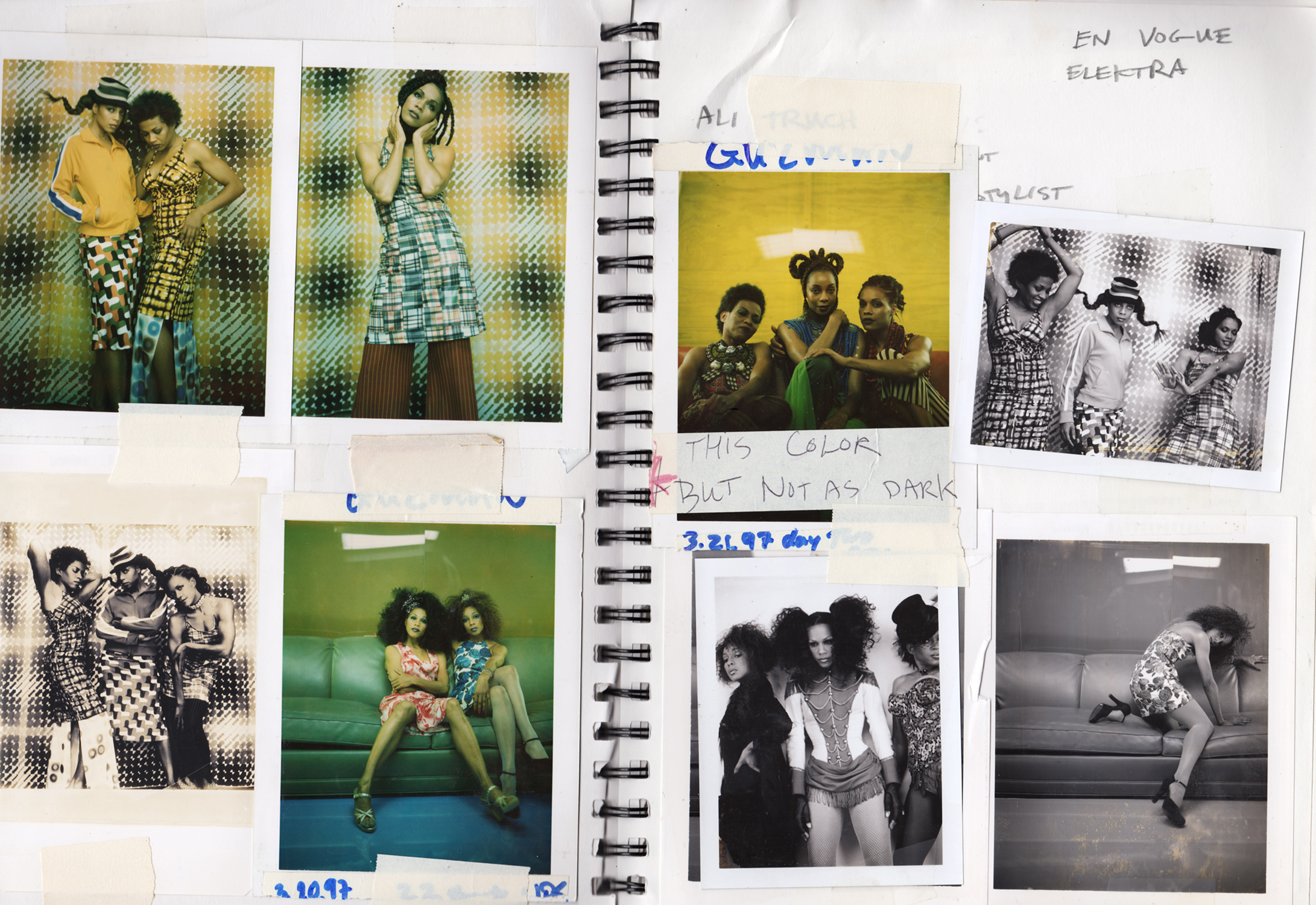
With the winds of success in their sails, En Vogue got back in the studio to work on their third album. Originally titled Friendship, the the project featured collaborations with songwriting legends like Babyface, Diane Warren and David Foster. But behind the scenes, things were amiss. In April 1997, Dawn Robinson left the group, forcing the band to re-record several tracks where she sang lead.
The album, retitled EV3 and released on 17 June 1997, featured an iconic photograph of Terry, Cindy and Maxine with natural hair, dark lips and floral prints sitting on a mint green sofa, joyful and defiant. At a time when numbering album releases wasn’t part of the public discourse, EV3 further underscored that we were to think of them now as a trio rather than a quartet.
It was a shock to many, perhaps most of all Constance Hansen and Russell Peacock, the husband and wife photography team known as Guzman, who flew out to Los Angeles for the album cover shoot with En Vogue in March, just days before Dawn announced her departure to the world. “We were expecting four to show up — but it was just three,” Russell says. “We got the vibe to mind our business, so we did.”
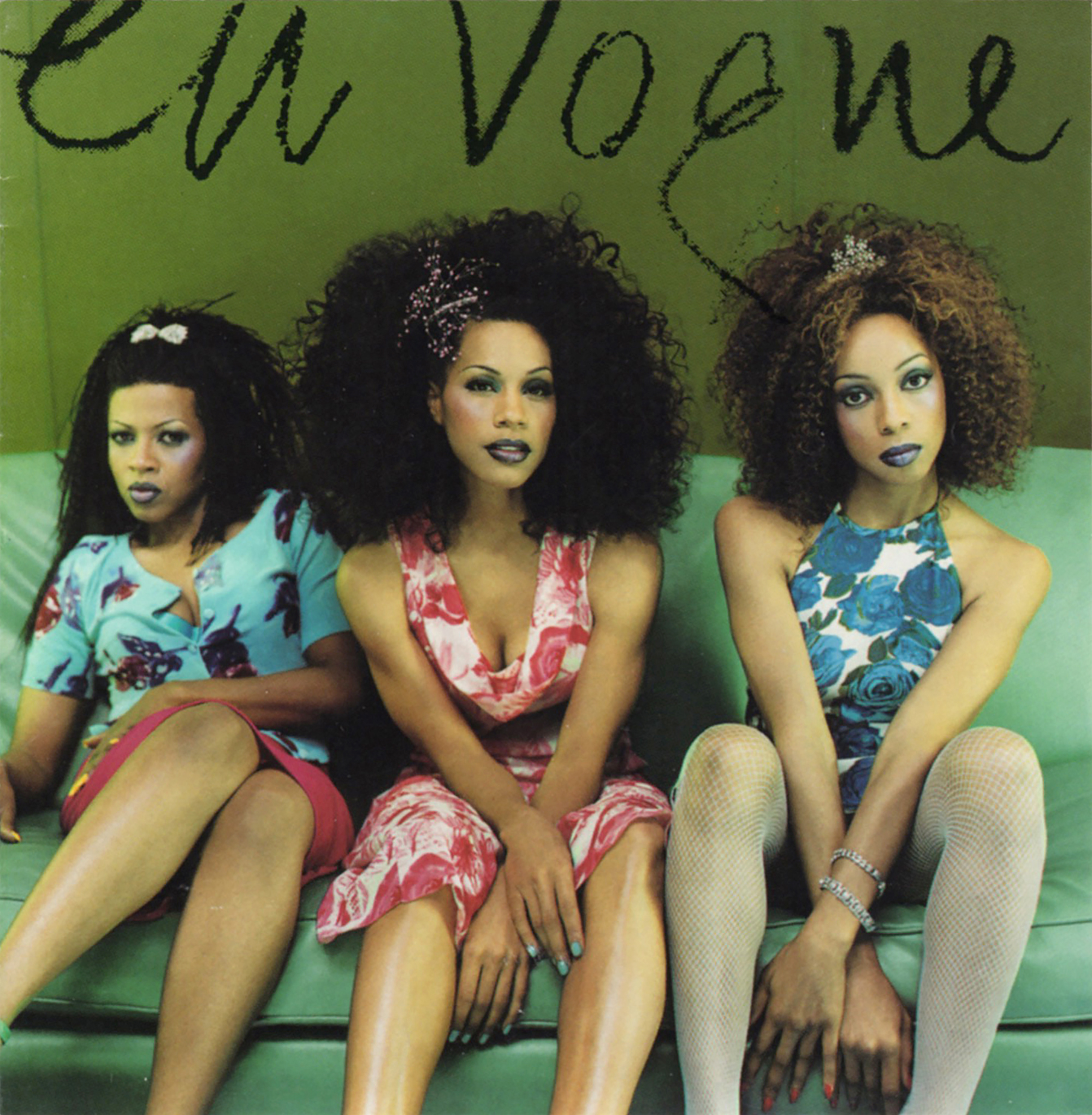
Everyone understood the assignment and did what had to be done. “They were super professional,” Connie remembers. “When you get to that level, you have to bring it home. We knew something was going on, but we weren’t going to ask because then it might ruin the vibe. We didn’t even want to go there.”
But discretion worked perfectly with Guzman’s approach, which is technically precise and conceptually open. “We’re not very chatty on set,” Connie says. “We’re quiet, moving around, taking pictures, and letting people do their thing. We don’t direct people or tell them what to do. We have some ideas, but they’re vague. We’ll just throw it out there and see what happens. We want people to be themselves and have fun.”
Fun is the perfect word to describe Guzman’s aesthetic, readily pairing Soundgarden with a chainsaw or Iggy Pop with a hammer. “We’re the people they bring in when they want something different,” Connie says. “We don’t identify as one particular type of photographer, such as fashion, portraiture, advertising, or music. We always say that we have a point of view, and that’s what you’ll get. You tell us what you are doing and what you need, and we’ll riff on what we think it could be.”
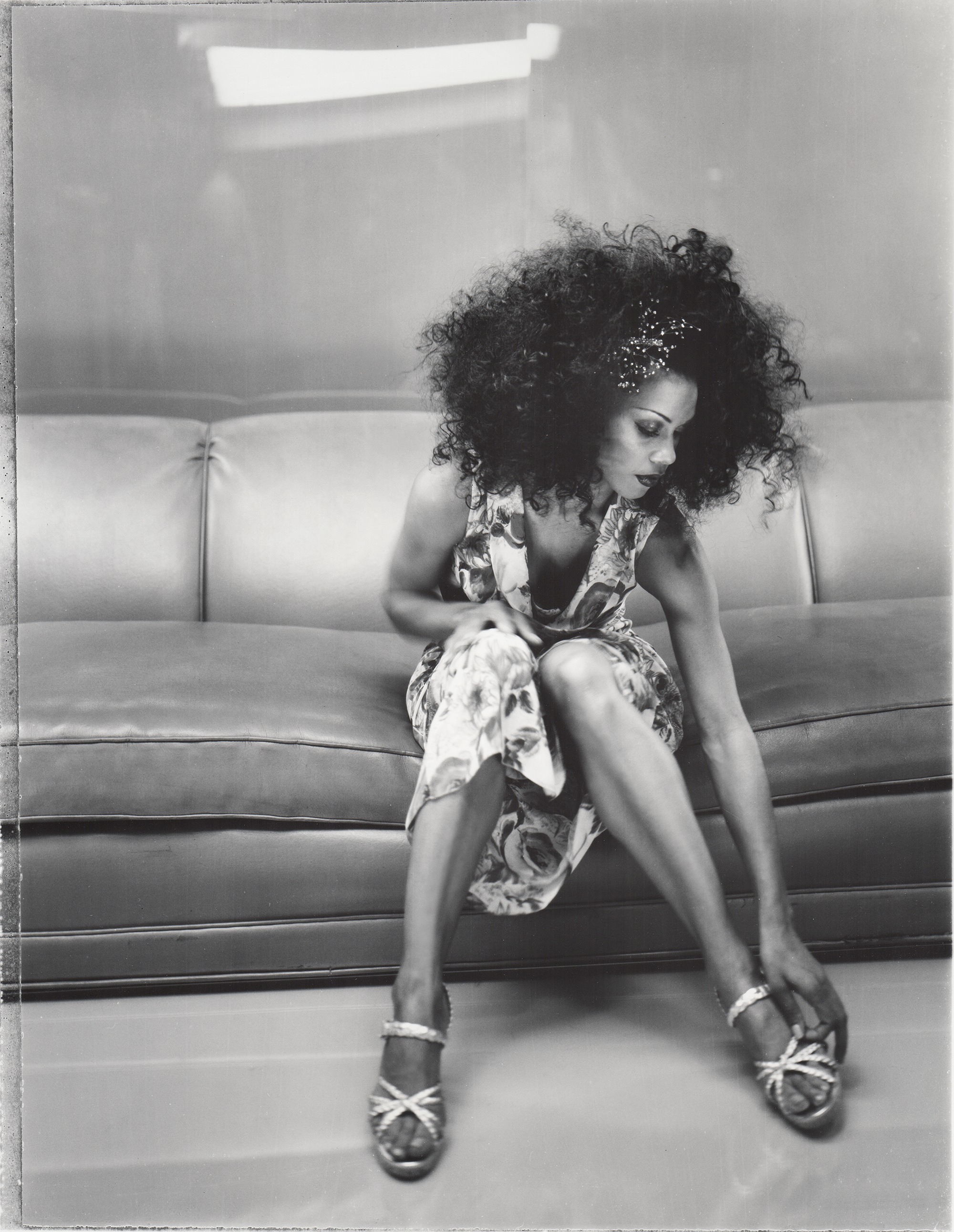
This philosophy helped establish Guzman as a singular force long before the idea of photo teams was popular. Connie and Russell first began to make a name for themselves shooting nightlife personalities and avant-garde fashion for the Village Voice in their lower Manhattan photo studio during the 80s. Their curious anti-fashion aesthetics caught the eye of Paula Greif, art director at Barneys New York and the Avedon Studio, who commissioned them to shoot the cover of Debbie Harry’s 1986 album, Rockbird.
Their work caught the eye of Janet Jackson, who commissioned them to shoot the cover of her 1989 album Janet Jackson’s Rhythm Nation 1814. Using their trademark large format camera and Polaroid film, Guzman crafted a simple, timeless look that complemented Janet’s complex, versatile sound. From there, Connie and Russell’s music photography career took off and soon enough, Guzman was shooting iconic 90s album covers for everyone from Hole’s Celebrity Skin to Total’s self-titled debut.
Drawn to powerful women, Connie says, “I just take my place at the table, and I was never worried about that. I always speak up. We find that strength in the people we photograph. They want someone to acknowledge it.” But in Guzman’s world, strength and softness are two sides of the same coin, one that reveals a person’s nuances and intricacies rather than rendering them a one-dimensional character.
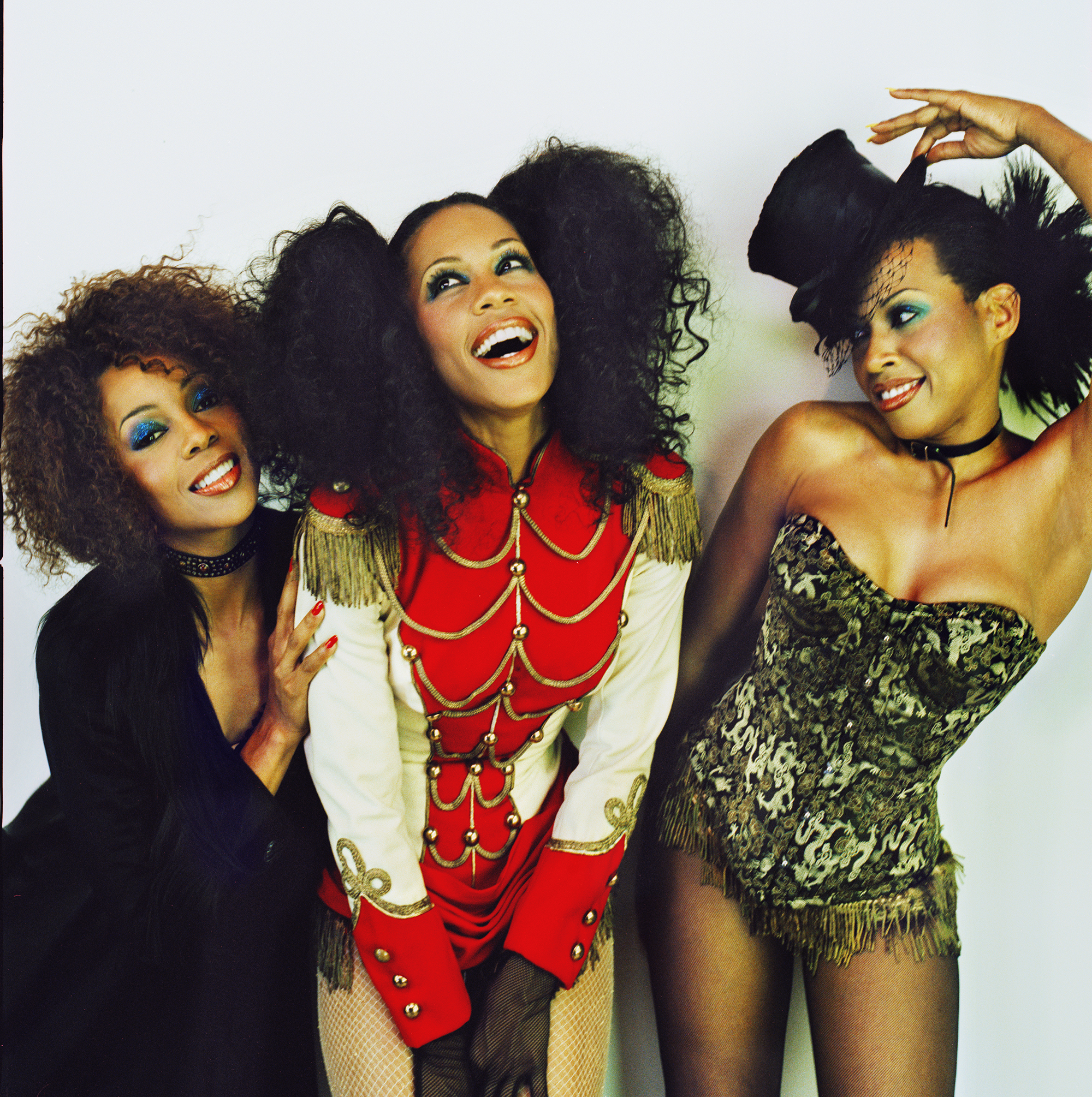
“These are all collaborations, and everyone wants to feel like they are contributing,” says Connie. “No one comes in and says, ‘No, no, I want this.’ We listen very carefully to what everyone has to say because you’re only as good as your team and your communication. We hire set designers, stylists, and hair and makeup artists because we respect what they do. Then we start to play. When everyone is comfortable, you get the perfect image. Sometimes we surprise ourselves. It’s not at all what we thought we were going to do.”
With the EV3 shoot, Guzman drew inspiration from Malian photographer Malick Sidibé, who was shooting during the decolonisation of Africa in the mid-20th century. “We were always looking back to the art world for inspiration,” Connie says.
Envisioning themselves as “disruptors” before such a term was in style, Guzman doesn’t follow trends but sets them instead. “When we are taking pictures, we don’t want to be fashionable because then it will be dated,” Connie says. “Looking back at these photos, most of which have never been published before, we see it with different eyes because there’s all of this other living that has happened over the past 25 years. We didn’t mark some of these photos, and they didn’t go anywhere — until now.”
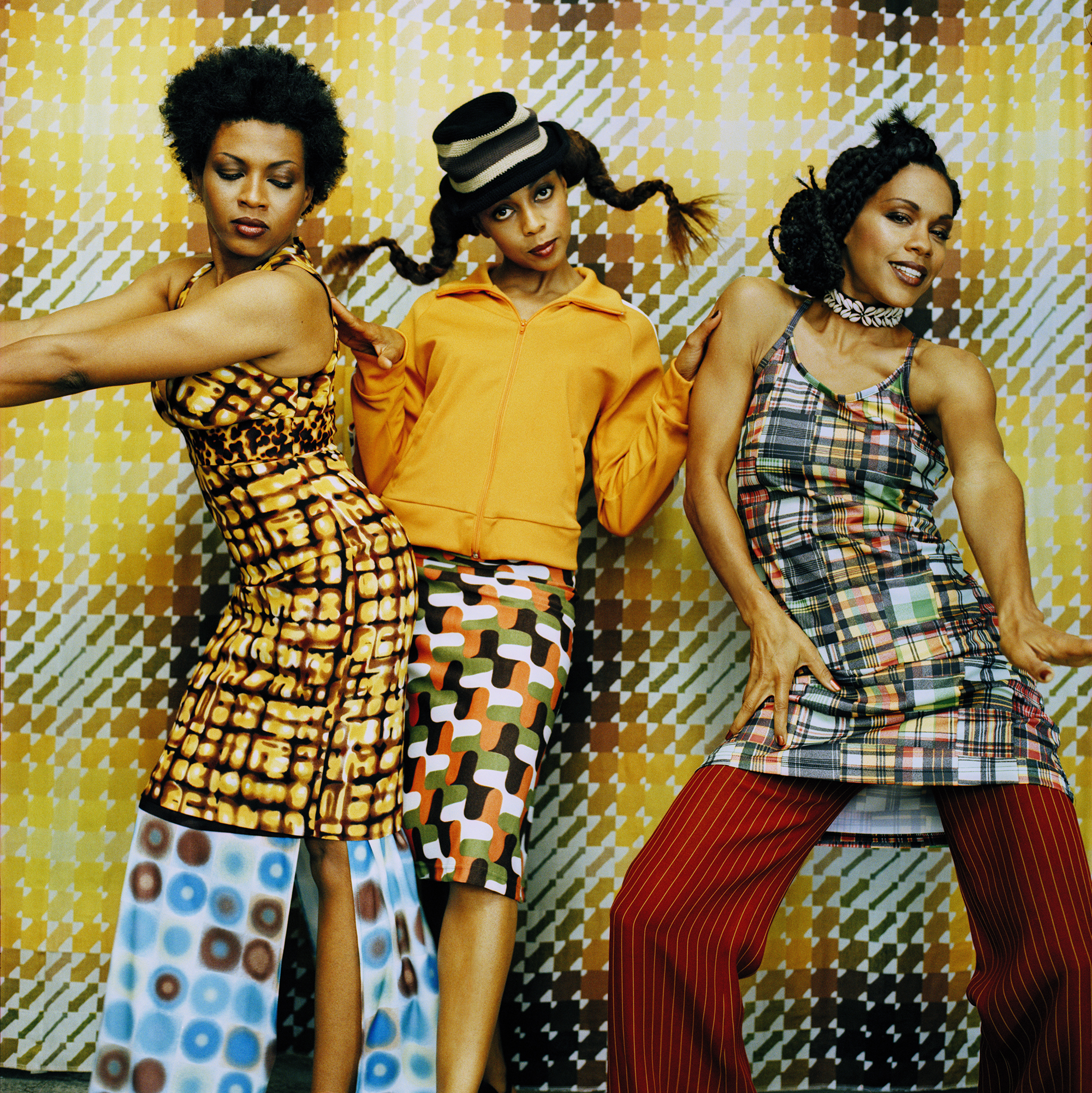
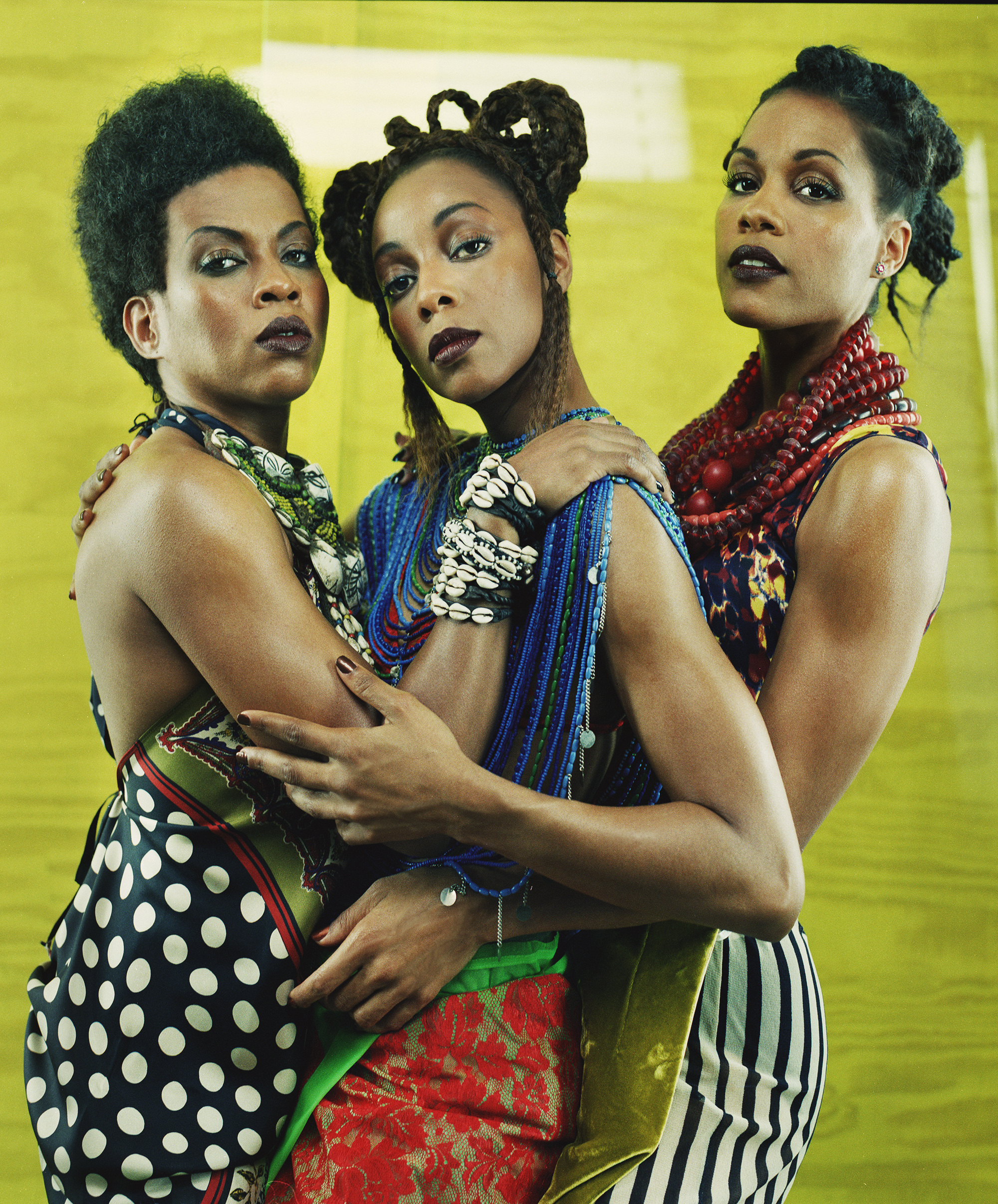
Credits
Images courtesy of Guzman
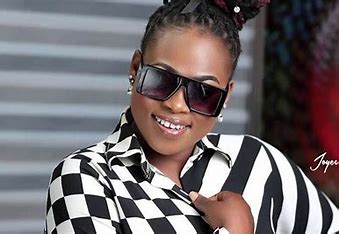


 ABR Group
ABR Group